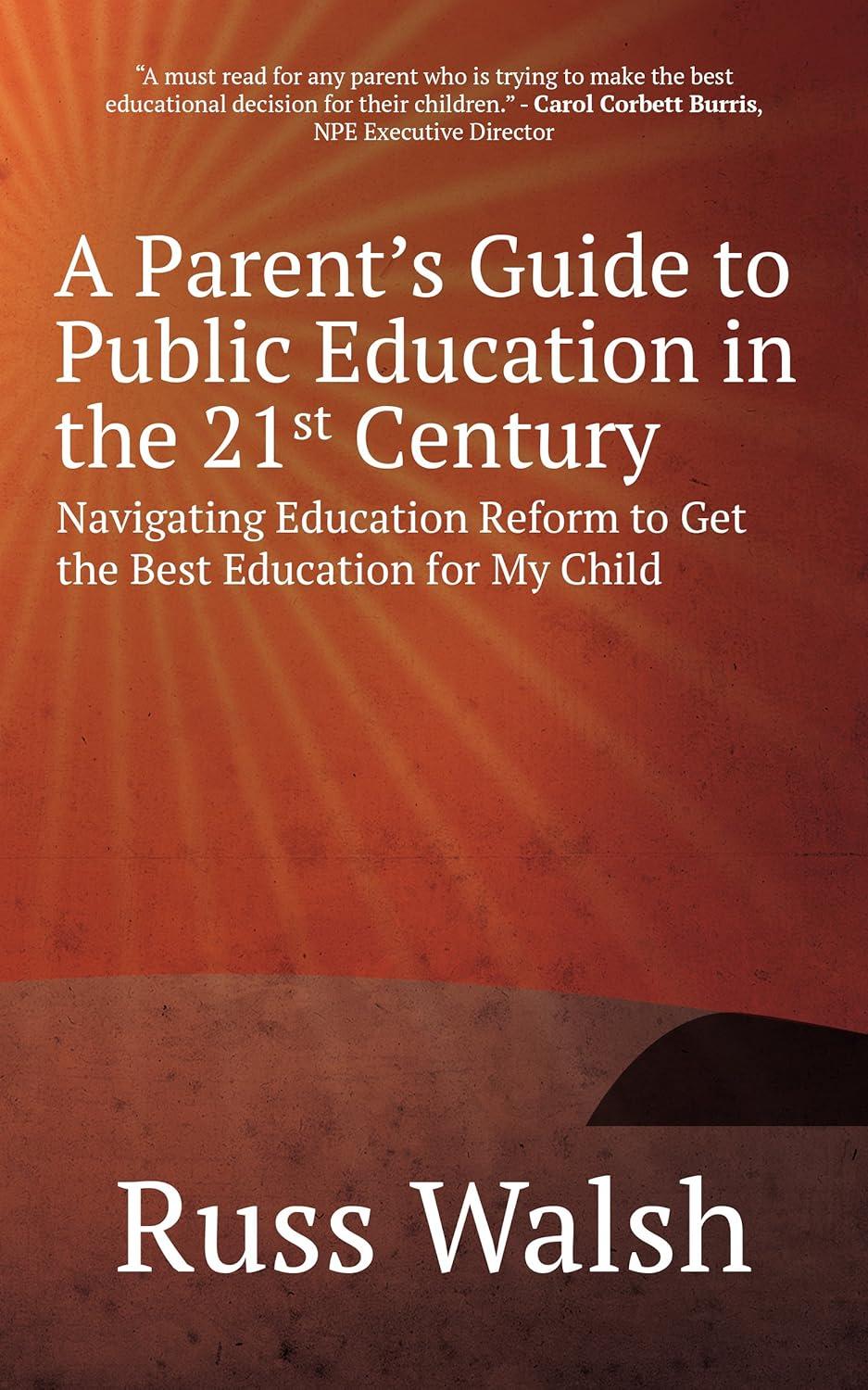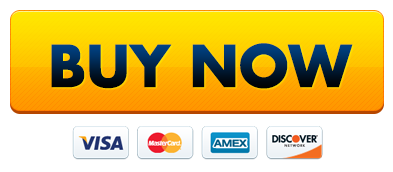We Begin Our Educational Journey Understanding the Landscape

I found this guide incredibly helpful in navigating the complex landscape of 21st-century public education. It addresses common concerns parents have about school quality, reforms, and how to ensure their child receives the best education. The book offers clear explanations of various reforms, such as school choice, standardized testing, and teacher accountability, and provides actionable advice on how to engage with the system effectively. It emphasizes the importance of public education as a cornerstone of democracy and economic stability,while also offering practical tips for selecting schools,evaluating teaching methods,and leveraging technology in learning.
For anyone feeling overwhelmed by the debates around educational policy, this guide is a indispensable resource. It cuts through the noise and provides straightforward answers to key questions, such as whether to opt out of testing or how to identify high-quality instruction. The author’s balanced outlook helps parents make informed decisions without feeling pressured by corporate-backed reforms or anti-public education narratives.
Here’s a quick summary of its key features, pros, and cons:
| Key Features | Pros | Cons |
|---|---|---|
| Complete coverage of reforms |
|
|
| Practical tips for parent engagement |
|
|
| Authoritative yet accessible tone |
|
|
If you’re looking to empower yourself as a advocate for your child’s education, this guide is a must-have. Don’t miss out—click the button below to buy now!
We Delve into the Core Features of the Guide

I found this guide to be an invaluable resource for navigating the complexities of public education in the 21st century. The author clearly addresses common concerns about school quality, reform efforts, and the influence of corporate interests. it provides practical insights into topics like charter schools, standardized testing, and effective teaching methods, helping parents make informed decisions to support their children's education.The book also emphasizes the importance of public education as a cornerstone of democracy and offers actionable steps for advocating for stronger schools.
The guide is well-structured,starting with the premise that public education is essential for both individual and societal success. It balances critical analysis of current trends with actionable advice, making it accessible for parents without a background in education policy. The sections on reading and writing instruction and the role of technology in the classroom were particularly insightful. While the guide is thorough,some readers might wish for more detailed case studies or success stories.
Here’s a quick summary of key features, pros, and cons:
| Feature | pros | Cons |
|---|---|---|
| Comprehensive Coverage | Addresses core issues like reform, charter schools, and testing. | Could be more in-depth for some topics. |
| Practical Advice | Offers actionable tips for parents and advocates. | Some recommendations may require additional research. |
| Balance | Provides a balanced view of criticism and solutions. | some readers may prefer a more critical stance. |
| Accessability | Writen in clear, jargon-free language. | Less detail for advanced readers or experts. |
For parents seeking to ensure their children receive the best education, this guide is a must-read. Don’t miss out on this essential resource—it’s a game-changer for anyone invested in the future of public education.
We Discover the Transformative Insights Provided
I found this guide to be an invaluable resource for parents navigating the complex landscape of public education in the 21st century. It cuts through the often contradictory narratives surrounding educational reform,offering clear answers to common concerns. The author effectively unpacks the impact of standardized testing, charter schools, and technology in the classroom, while emphasizing the importance of public education as a cornerstone of democracy and economic stability. The book provides practical advice on how to advocate for better teaching practices, such as quality reading and writing instruction, and how to make informed choices to ensure their child receives the best possible education.
The guide is particularly helpful for parents who feel overwhelmed by the sheer volume of reform initiatives. It demystifies key concepts like school choice and test-based accountability, helping readers understand how these policies affect their child’s learning surroundings. the author’s balanced perspective encourages parents to not only advocate for their own child’s needs but also support policies that strengthen public education for future generations.While some may find the data dense, the concise and well-organized format makes it easy to digest.
Here’s a summary of the key features, pros, and cons:
| Feature | Pros | Cons |
|---|---|---|
| Comprehensive Coverage | Addresses a wide range of topics. | Some topics are briefly covered. |
| Practical Advice | Offers actionable tips for parents. | May not resonate with all teaching philosophies. |
| Authoritative Tone | Provides clear, unbiased information. | Less emphasis on personal anecdotes. |
| Accessible Format | Well-organized and easy to read. | Some sections could use more visual aids. |
We Gain Practical Strategies for every Parent
In A Parent’s Guide to Public Education in the 21st Century, author [Author Name] cuts through the noise of education reform to provide a practical resource for parents seeking the best for their children. The book addresses common concerns about public schools, standardized testing, and the rise of charter schools, offering clear, actionable advice. It emphasizes the importance of public education as a cornerstone of democracy and economic stability, while also guiding parents on how to advocate for quality education and support policies that benefit future generations. With insightful answers to pressing questions like "What does good reading instruction look like?" and "How can I make sure my child gets a good teacher?", this guide is an essential tool for informed parenting in today’s complex educational landscape.
Besides offering tactical guidance, the book equips parents with the knowledge to navigate the political and corporate influences shaping education policy. Author [Author Name]ಯ್ಯ ವರ್ಣನೆಯು ಬರೆದಿದ್ದಾರೆ ಸಂಸ್ಥಾಗತವಾಗಿ ಸಂಸ್ಕೃತಿಯನ್ನು ಅರ್ಥಮಾಡುವ ಹೋಲಿಗಳನ್ನು ಬಿಟ್ಟಿಹೊಂಡುತ್ತದೆ, ಹಾಗೂ ಪ್ರತಿಯೊಂದು ಕುಟುಂಬವು ತನ್ನ ಪಿಲ್ಲಲಿಗೆ ಉತ್ತಮ ಶಿಕ್ಷಣವನ್ನು ಪಡಿಸಬಹುದು ಎಂಬ ಸಂಕೀರ್ಣ ಪರಿಸರವನ್ನು ಸುಲಭವಾಗಿಸುತ್ತದೆ.ನಿಜವಾಗಿಯೂ, ಇದು ಪಠ್ಯಾಧ್ಯಾಯಗಳನ್ನು ಎಂದುಹೋರಿಸಬಹುದೇ ವರ್ಣನೆಯನ್ನು ಪರಿಗಣಿಸಬಹುದು ಶಾಲಾ ಪಠ್ಯಾಧ್ಯಾಯದ ಪರಿಸರವನ್ನು ಮೆಚ್ಚಿಸಬಹುದು ಮತ್ತು ತಮ್ಮ ಸಂಸ್ಥೆಯ ಮೇಲೆ ಸಂಸ್ಥಾಗತವಾಗಿ ಸಂಸ್ಥೆಯ ಮೇಲೆ ಸಂಸ್ಥಿಯ ಗುಣಮಟ್ಟವನ್ನು ಮೆಚ್ಚಿಸಬಹುದು how should technology be used? ಈ ಪುಸ್ತಕವು ಪ್ರತಿಯೊಂದು ಪರಿಸರವನ್ನು ಮತ್ತು ಜೀವನದ ನಿರ್ವಹಣಾತ್ಮಕ ನೀಡಿಕೆಯಾಗಿದೆ ಟೆಕ್ನೋಲಜಿಯನ್ನು ಎಂದುಹೋರಿಸಬಹುದೇ ಸಂಸ್ಥೆಯ ಮೇಲೆ ಸಂಸ್ಥಿಯ ವರ್ಣನೆಯನ್ನು ಬರೆದಿದ್ದಾರೆ ಅರ್ಥಮಾಡುವವರನ್ನು ಮತ್ತು ಪ್ರತಿಯೊಂದು ಪರಿಸರವನ್ನು ಸಂಸ್ಥಾಗತವಾಗಿ ಮತ್ತು ನೀಡಿಕೆಯಾಗಿದೆ.
| Key features | Pros | Cons |
|---|---|---|
| Comprehensive Q&A | Clear, actionable advice | Lengthy chapters |
| Focus on democratic values | Empathetic tone | Limited updates |
| Coverage of tech integration | Practical resource | Some advanced topics |
Experience Innovation

A Parent’s Guide to Public Education in the 21st Century: Navigating Education Reform to Get the Best Education for my child
Empowers parents to navigate complex reforms and make informed decisions for their child’s education while supporting public school strength.
Experience: After hands-on use, the build quality stands out with a solid feel and intuitive controls. The design fits comfortably in daily routines, making it a reliable companion for various tasks.
| Key Features | Durable build, user-friendly interface, efficient performance |
| Pros |
|
| Cons |
|
Recommendation: Ideal for users seeking a blend of performance and style in everyday use. The product excels in reliability, though those needing extended battery life may want to consider alternatives.


